the ou-tulsa center for studies in democracy and culture
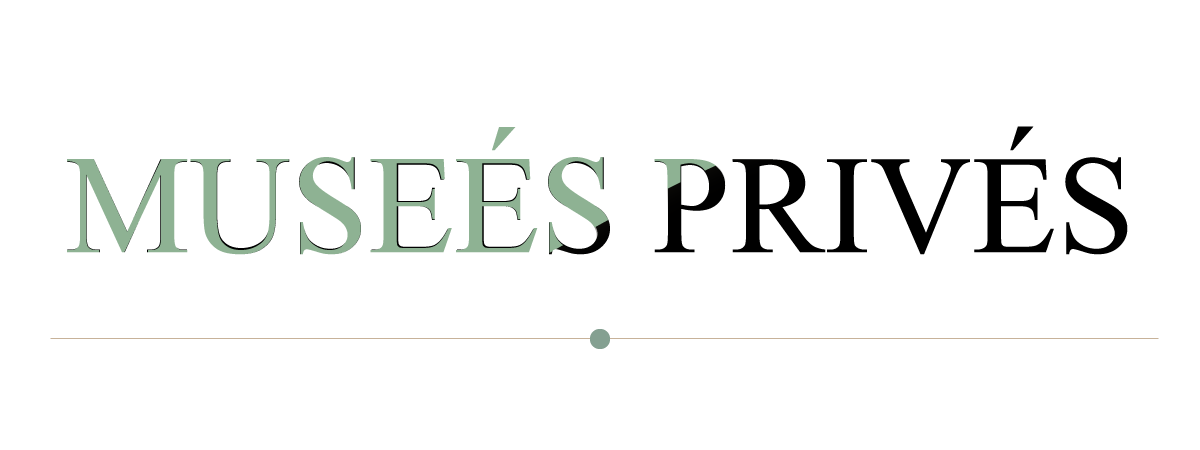
American Photography 1922.
The photos on this page are from the book Pictorial Photography in America 1922. It, and other editions from around the same period, are widely available as free downloads. The printed quality of the photos is not good, but they are nonetheless a marvel.
These photos are not from the dawn of photography (think of the many excellent photos by Matthew Brady during the American Civil War), but the photos are from the beginning of accessible photography to those who were called to it as an art. Making images of this kind was not simple or inexpensive. From the purchase of a camera and lenses to film and developing supplies, it was not cheap, and you couldn't simply take your negatives to the corner drugstore to be developed. Because of the expense, pictures had to be composed thoughtfully and sparingly. Each scene had to be thought out carefully.
The results we see in these hundred year old images are exceptionally rewarding, despite the disappointing reproduction quality. Today in newspapers, we see photos, especially from crisis locations abroad, that are high art and first class professionalism ...But the old pictures on this page represent extraordinary acievement in terms of composition, lighting, scene selection, and impact. Ordinary things are made timeless in these pictures. They have a beauty that haunts us.
Thinking about the photographic tools with what they were made, and the limitations of those tools, makes me believe that the excellence of modern equipment may be less of a blessing than we think it is. At least we can affirm that it takes photography in different directions from these 1922 images. The greater detail photos contain today often subtracts from the power of the overall scene by forcing our attention away the message of a picture and towards the details contained in it.
The naïf dimension of these old pictures has an enduring quality. This dimension is enhanced because the scenes are from long ago, from an era that none of us experienced.
Great photos always have an element of mystery, and each of these pictures contains mystery that lights our imagination.

Prof. Rodger Randle
The page is part of the Musées Privés series.

Observations go here about the photo pictured in this location.

Observations go here about the photo pictured in this location.

Observations go here about the photo pictured in this location.

Observations go here about the photo pictured in this location.

Observations go here about the photo pictured in this location.

Observations go here about the photo pictured in this location.
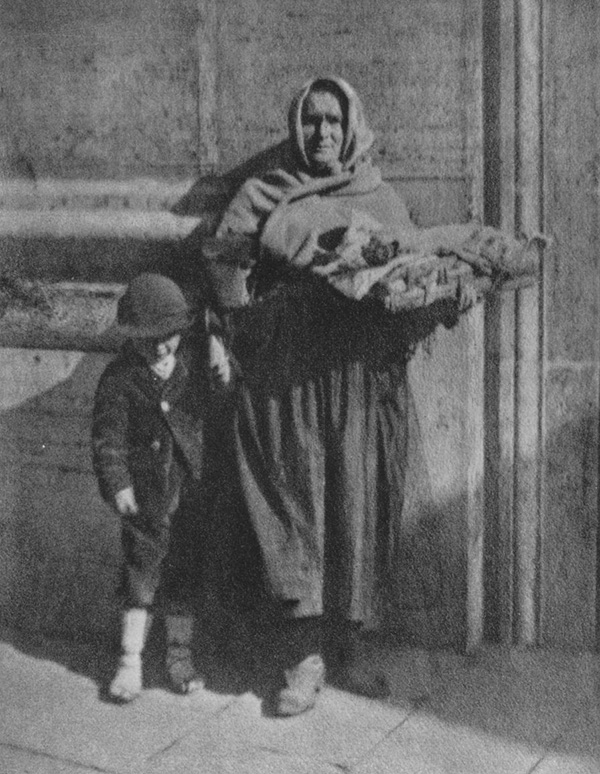
Observations go here about the photo pictured in this location.

Observations go here about the photo pictured in this location.
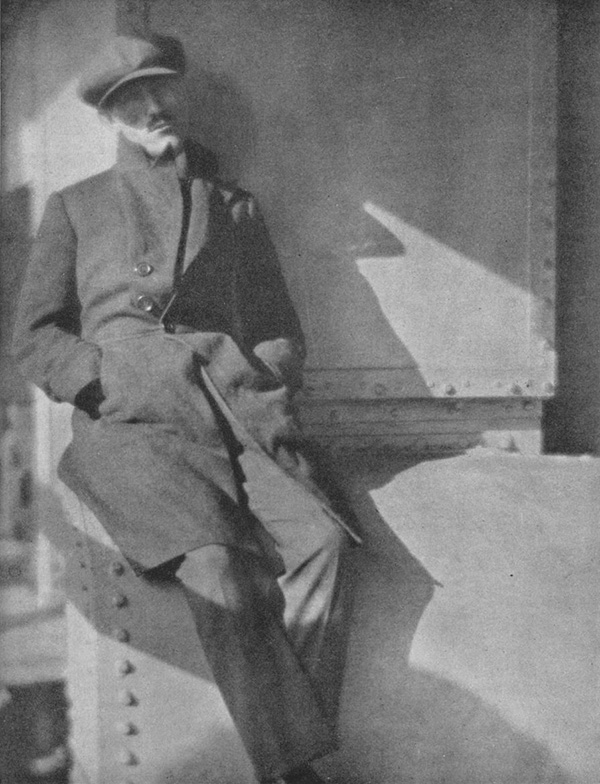
Observations go here about the photo pictured in this location.
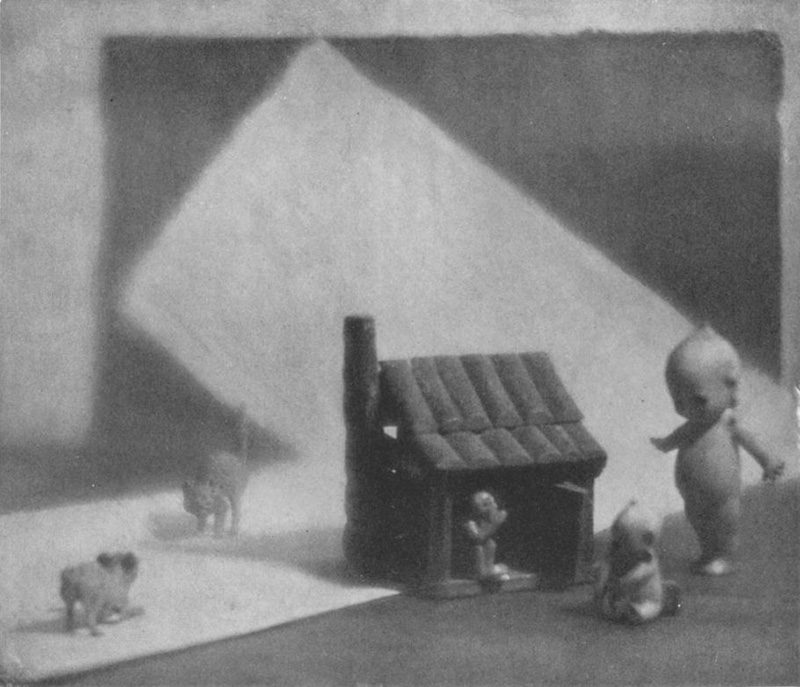
Observations go here about the photo pictured in this location.

Observations go here about the photo pictured in this location.

Observations go here about the photo pictured in this location.

Observations go here about the photo pictured in this location.
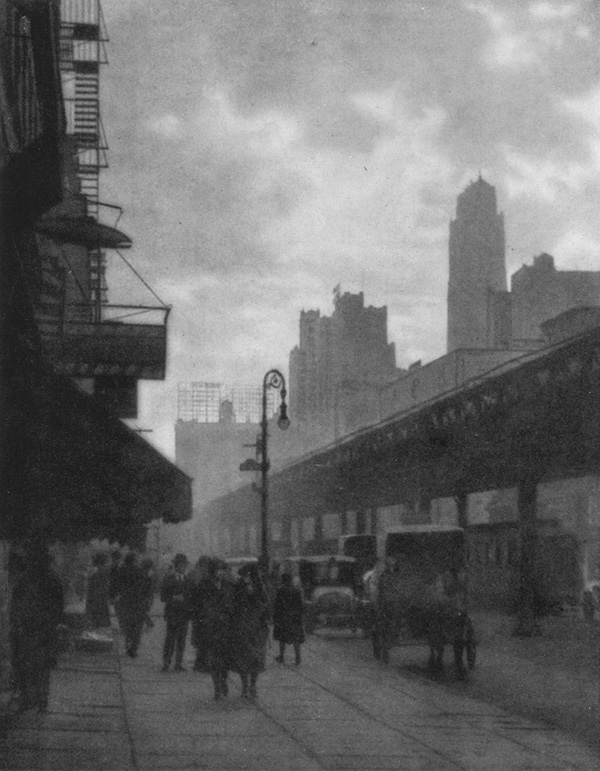
Observations go here about the photo pictured in this location.
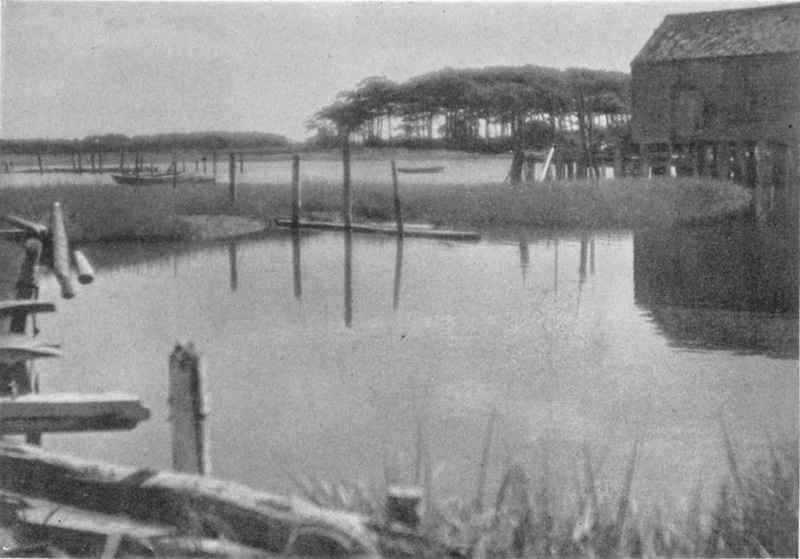
Observations go here about the photo pictured in this location.
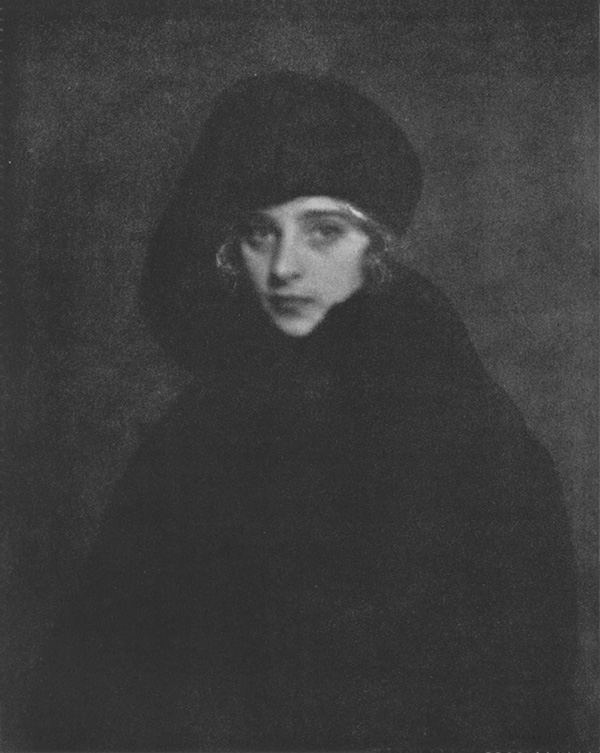
Observations go here about the photo pictured in this location.
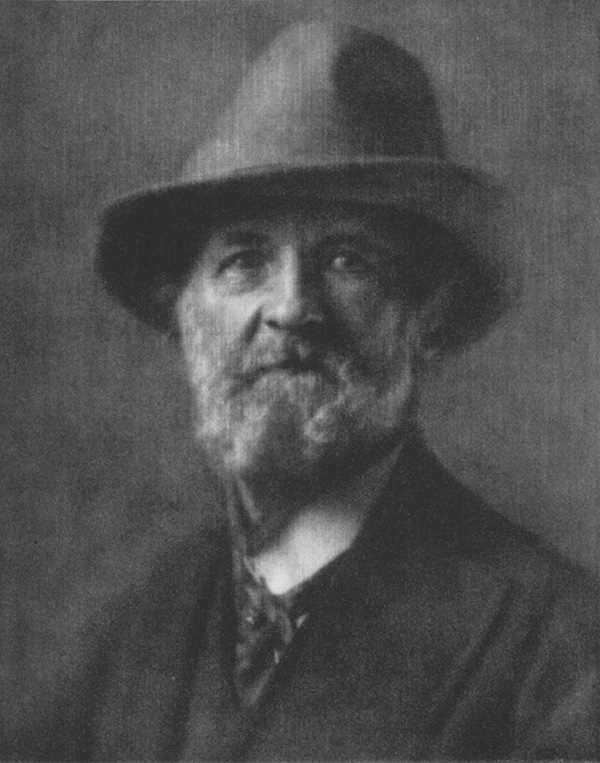
Observations go here about the photo pictured in this location.

Observations go here about the photo pictured in this location.
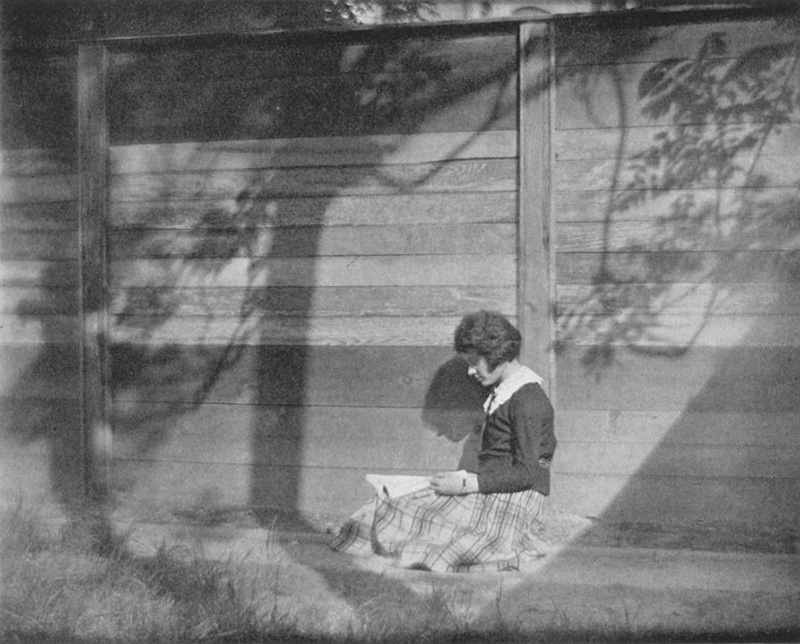
Observations go here about the photo pictured in this location.

Observations go here about the photo pictured in this location.
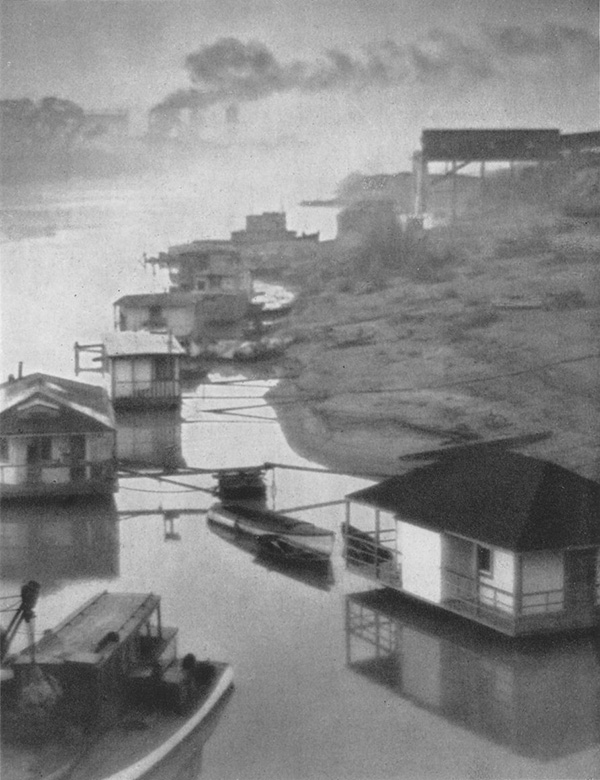
Observations go here about the photo pictured in this location.
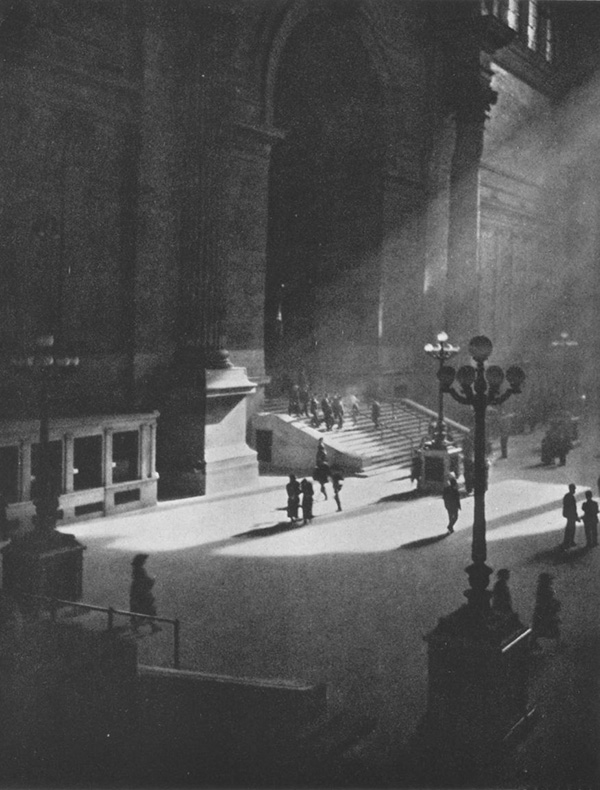
Observations go here about the photo pictured in this location.
Note about the Society from the end of the book...
“The objects of the Pictorial Photographers of America are to stimulate and encourage those engaged and interested in the Art of Photography; to enlist the aid of museums and public libraries in adding photographic prints to their departments; to stimulate public taste through exhibitions, lectures, and publications; to invite exhibits of foreign work; and generally to promote education in this Art so as to raise the standards of Photography in the United States of America.
Meetings of the Association are held in New York City on the first Monday of each month. During the winter of 1919-1920 the following lecturers addressed the Association at these meetings: Mr. Robert J. Cole, Art Reviewer, New York Evening Sun, on “Man and the Camera;” Mr. H. J. Potter, of the Eastman Kodak Company, on “Both Ways from F-8;” Mr. Albert Sterner, on “Before the Click of the Shutter;” Mr. Pirie MacDonald and Mr. E. B. Core, on “The Pictorial Side of Professional Photography;” and Mr. Walter G. Wolfe, on “The Use of the Soft Focus Lens.” Mr. Allen Eaton, Field Secretary of the American Federation of Arts; Mr. William M. Ivins, Curator of Prints, Metropolitan Museum of Art; Dr. Frank[…]”
“The Pictorial Photographers of America this year for the first time arranged an exhibition of prints in Europe. Acting on the invitation of the Copenhagen Photographic Amateur Club to cooperate in celebrating its Twenty-fifth Anniversary, about 350 prints from leading pictorialists all over this country were assembled and forwarded in July to Copenhagen.
At home, in cooperation with the American Federation of Arts, the Pictorial Photographers of America exhibited at the following museums the hundred prints which are reproduced in “Pictorial Photography in America for 1920.” The John Herron Art Institute of Indianapolis, The Jackson Art Association of Michigan, The Boston Society of Arts and Crafts, The Mechanics Institute of Rochester, The Arnot Art Gallery of Elmira; and during May, at the University of Virginia.
During the past season the Association has cooperated with other organizations of a similar nature in planning for and establishing an Art Center in New York City. The plans for this have been successfully worked out, funds are already in hand for its accomplishment and buildings purchased for occupancy. This will provide a home for our Association, a splendid gallery for exhibitions, and thus make certain of immediate accomplishment plans for our future[…]”
“In publishing “Pictorial Photography in America for 1921” the Association has invited the cooperation of pictorialists whether or not members of the organization. We hope that it will interest in our work men and women, whether photographers or not, who are interested in the development of the Art of Photography. The Secretary will gladly give more detailed information about the work of the Association and its plans for the coming year to any who are interested.
JERRY D. DREW, Secretary.
National Arts Club, 119 East 19th Street, New York City.”
OU Center for Studies in Democracy and Culture
Prof. Rodger A. Randle, Director
The University of Oklahoma Tulsa
4502 East 41st Street, Tulsa, Oklahoma 74135
E-mail:
randle@ou.edu
Click
here to visit our homepage.
























